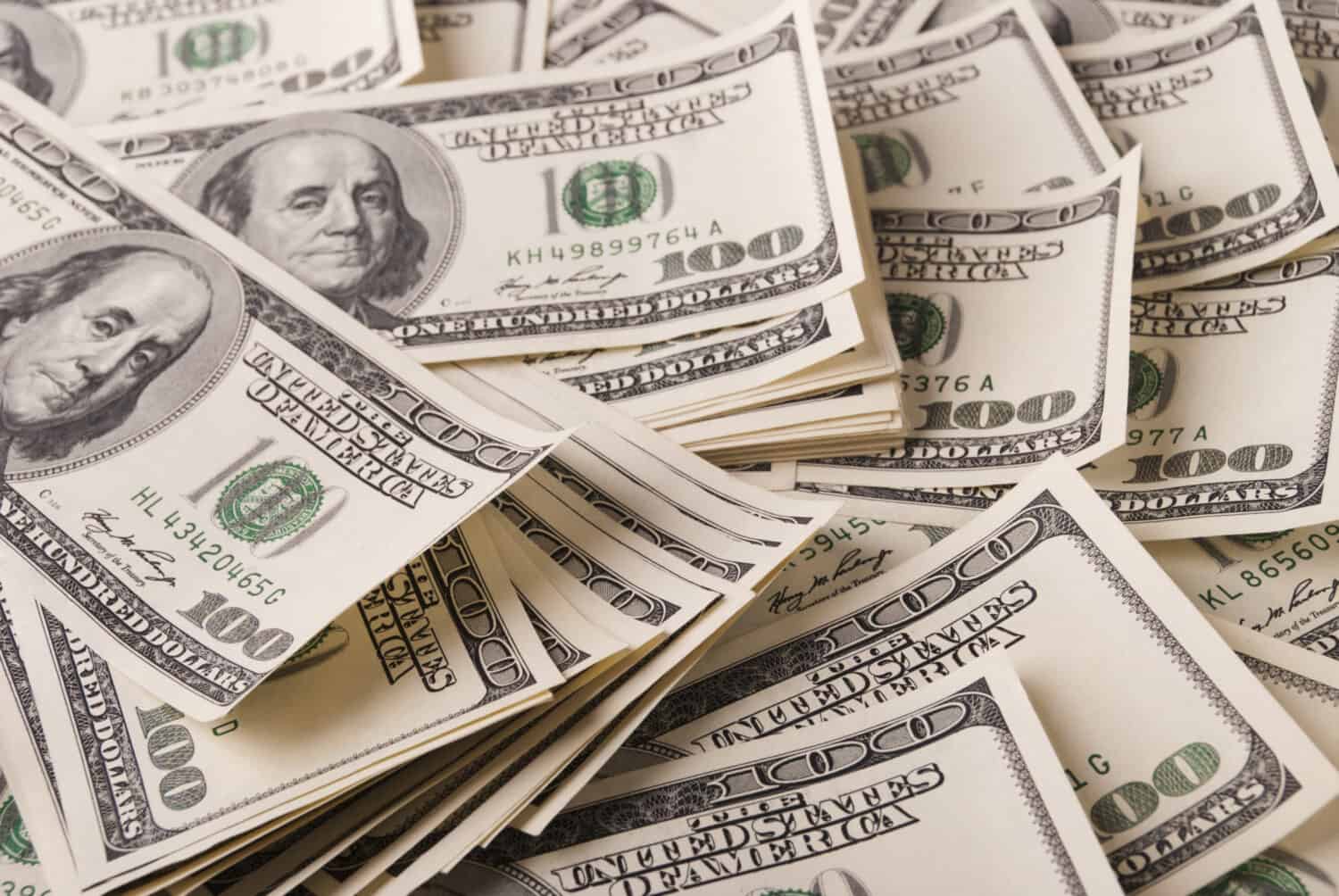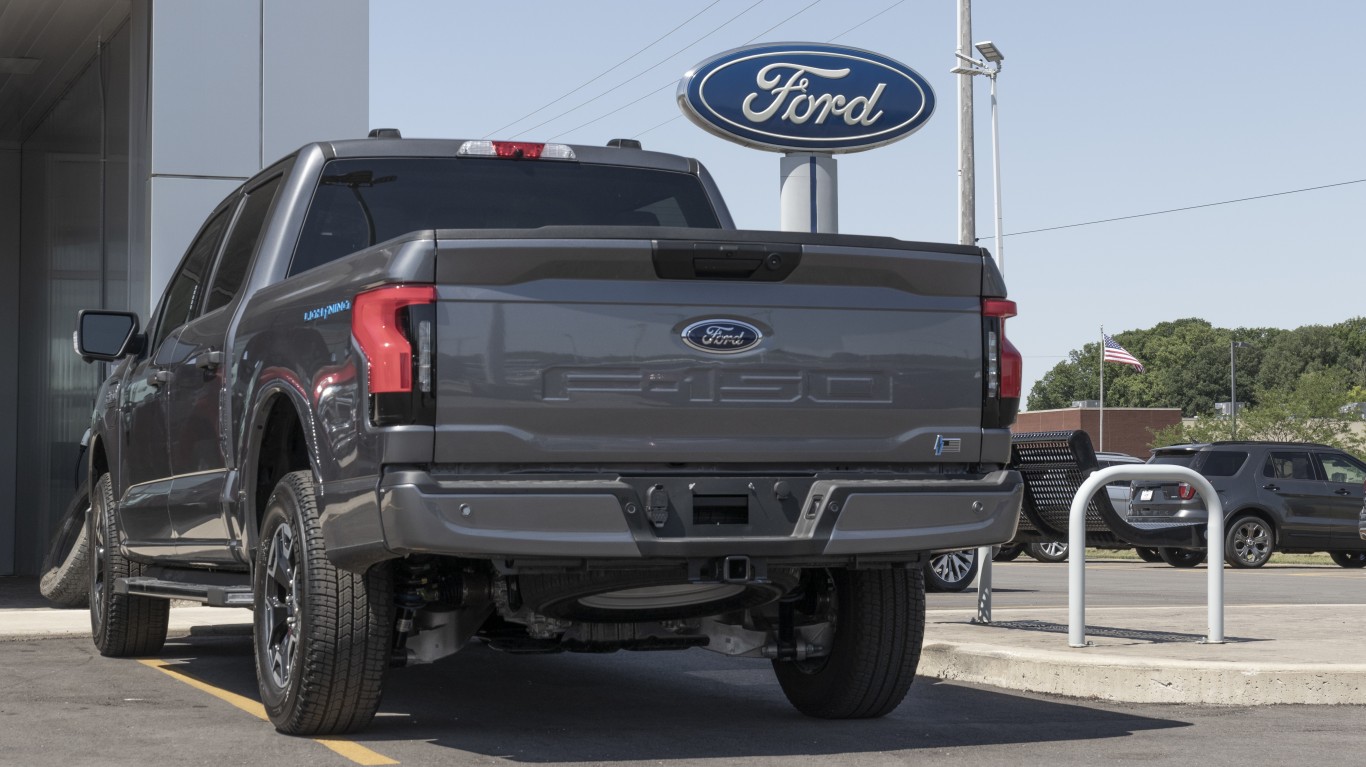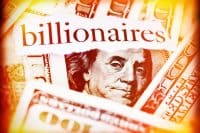
24/7 Wall St. Insights:
- Following a larger than expected 0.50% rate cut in September, analysts anticipate the Fed will cut rates by 25 basis points in November and December.
- A total of 100 basis points of cuts are expected in 2025, bringing the Federal Funds rate down to 3.25% to 3.50% by the end of the year..
- Sit back and let dividends do the heavy lifting for a simple, steady path to serious wealth creation over time. Grab a free copy of “2 Legendary High-Yield Dividend Stocks“ now.
Dividend stocks should be an investor’s priority. In addition to the potential for capital appreciation, they offer investors the opportunity for regular streams of income. The combination of share price growth and increased earnings from dividends help juice a portfolio’s total return. You can gauge how much income you can by the amount you invest based on a stock’s dividend yield.
Dividend yield is calculated by dividing a company’s annualized dividend payment by its share price. The result is the yield. A stock trading a $100 per share paying an annual dividend of $4 has a 4% dividend yield ($4 / $100 = 4%).
Yield is not static, though. It changes over time as a stock price rises and falls. It also fluctuates if a company increases its payout or cuts it. Companies try not to cut their dividends because it signals negative sentiment to the market.
Dividend cuts suggest a company is not making enough money to support the payout. So, although a high dividend yield could signal a company is sharing more of its profits with shareholders, it could also be a warning sign a business is in trouble.
Why are we covering dividend stocks?
Since dividend stocks are so popular, investors have to fight the urge to simply chase yield. You could end up with a portfolio of high-yield stocks that are ready to fall. The S&P 500 is an index of the 500 largest stocks on the market (actually 503 because some companies have multiple classes of stock). To be a member of the benchmark index you don’t have to pay a dividend, but virtually all do. The following three stocks are those sporting the highest yields.
Ford (F)

Automaker Ford (NYSE:F) pays a quarterly dividend of $0.15 per share, or $0.60 per year, giving it a yield of 6.7% based on its current price of around $10.50 per share. Last February, though, it gave investors an additional $0.18 per share in dividends.
Because Ford has committed to returning to investors 40% to 50% of the free cash flow it generates, whenever its regular dividend doesn’t achieve that rate it will provide investors with a special dividend.
The automaker said at the time it expected to earn $10 billion to $12 billion in profit in 2024 after generating $10.4 billion in operating profits last year. Despite suffering steep losses on its electric vehicle lineup, Ford’s fossil fuel-powered vehicles continue to earn substantial profits. It now says it won’t introduce a new lineup of EVs unless they can be made profitably. The division is expected to lose another $5.5 billion this year.
After a long history of growing its dividend, Ford began cutting its payout in the recession of the early 2000’s and then suspended all payments in 2007 during the financial markets collapse. It reinstated the dividend in 2012 only to suspend it once more during the 2020 pandemic. However, it restarted the program again the following year.
Altria (MO)

Tobacco giant Altria (NYSE:MO) has the second-highest dividend yield of any S&P 500 stock stock at $8.2%. It pays a dividend of $4.08 per share each year. The owner of the Marlboro brand has a long track record of paying and raising its dividend.
It paid its first dividend in 1928 and has increased the payout every year since 1969, an unbroken string of 55 annual increases. That makes the stock a Dividend King, or a company that has raised its dividend for 50 years or more.
Altria has an earnings payout ratio of 83%. That’s the amount of profits it pays out as dividends. On the surface it is very high and seems unsustainable. But because tobacco is a mature industry not likely to witness significant growth, management is targeting paying out most of its profits as dividends. It says it is targeting a payout ratio of about 80% of earnings.
Walgreens Boots Alliance (WBA)

The stock with the highest dividend yield on the benchmark index is pharmacy chain Walgreens Boots Alliance (NASDAQ:WBA). It pays a dividend of $1.00 per share a year, which yields 11% annually. Of all three stocks, Walgreens is the company most deeply in trouble.
It started off 2024 by slashing its dividend in half. Facing severe financial difficulties and attempting to shore up its cash flows, the pharmacy retailer upset its 91-year history of making a payout and cut it.
Walgreens had been among a group of high-yield dividend stocks that looked safe. Its dividend yielded 7.5% annually before the cut, and had a free cash flow payout ratio of 44% that was well within the margin of safety. Looking at the FCF payout ratio versus an earnings-based one is often preferable because it’s the amount of money left over after a company pays all its bills.
Yet Walgreens cash balances were dwindling, FCF was evaporating, and it was saddled with significant debt. It’s why investors can’t buy dividend stocks simply based on yields.
Are You Still Paying With a Debit Card?
The average American spends $17,274 on debit cards a year, and it’s a HUGE mistake. First, debit cards don’t have the same fraud protections as credit cards. Once your money is gone, it’s gone. But more importantly you can actually get something back from this spending every time you swipe.
Issuers are handing out wild bonuses right now. With some you can earn up to 5% back on every purchase. That’s like getting a 5% discount on everything you buy!
Our top pick is kind of hard to imagine. Not only does it pay up to 5% back, it also includes a $200 cash back reward in the first six months, a 0% intro APR, and…. $0 annual fee. It’s quite literally free money for any one that uses a card regularly. Click here to learn more!
Flywheel Publishing has partnered with CardRatings to provide coverage of credit card products. Flywheel Publishing and CardRatings may receive a commission from card issuers.
Thank you for reading! Have some feedback for us?
Contact the 24/7 Wall St. editorial team.





